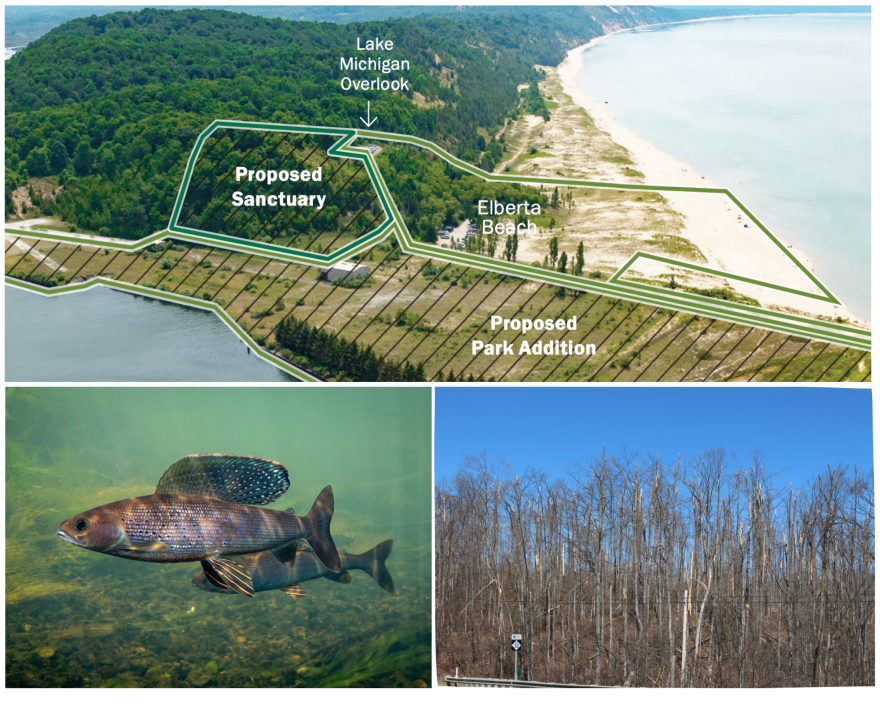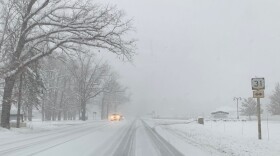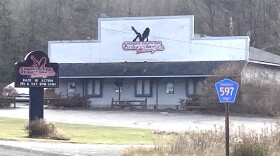There are a few notable state budget investments in conservation and restoration across northern Michigan. Here are some highlights:
$1.75 million for Elberta waterfront project
In 2024, the Grand Traverse Regional Land Conservancy purchased a 35-acre property along the Elberta waterfront that had originally been eyed for a large resort. Now, there's an ongoing effort to conserve some of that land, and set another part aside for local businesses and commercial development.
State Senator Jon Bumstead (R-North Muskegon) pushed to use $1.75 million of unused state funds from last year on the Elberta project.
"This is a big deal and we're certainly celebrating that," said Jennifer Jay, with the Grand Traverse Regional Land Conservancy. "We're a little more than $7.5 million left to go on the total project that does not include this amount of money. So it gets us a lot closer."
$2.5 million for Arctic grayling reintroduction
Several northern Michigan tribes, in partnership with the Michigan Department of Natural Resources, are in the midst of an effort to reintroduce Arctic grayling to select rivers in the northern lower peninsula.
This $2.5 million from the state budget will be distributed to regional nonprofits to replace six aging or failing road stream crossings that clog up the rivers and tributaries where grayling are being reintroduced: the Boardman, Manistee and Maple Rivers.
The money actually comes from the federal government's 2021 Bipartisan Infrastructure Law.
"What you see in the budget this year is appropriation authority to be able to spend that money," said Ed Eisch, assistant chief of the DNR's fisheries division.
"Arctic grayling are are a fish that like to roam — they swim great distances. They use the whole watershed that they're in, if they can," said Eisch. "It's important for them to be able to migrate downstream as winter approaches, and then to migrate back upstream as we get closer to spring."
Clearing up old culverts will hopefully help grayling do that.
$14 million for reforestation after the ice storm
A big chunk of money is going the DNR to reforest state land damaged by the ice storm — nearly 25% of the entire state forest system was affected, according to DNR data.
That impacts state timber harvests, recreation areas, wildlife habitat and more.
This money will allow the DNR to begin replanting that forestland in the next year.






